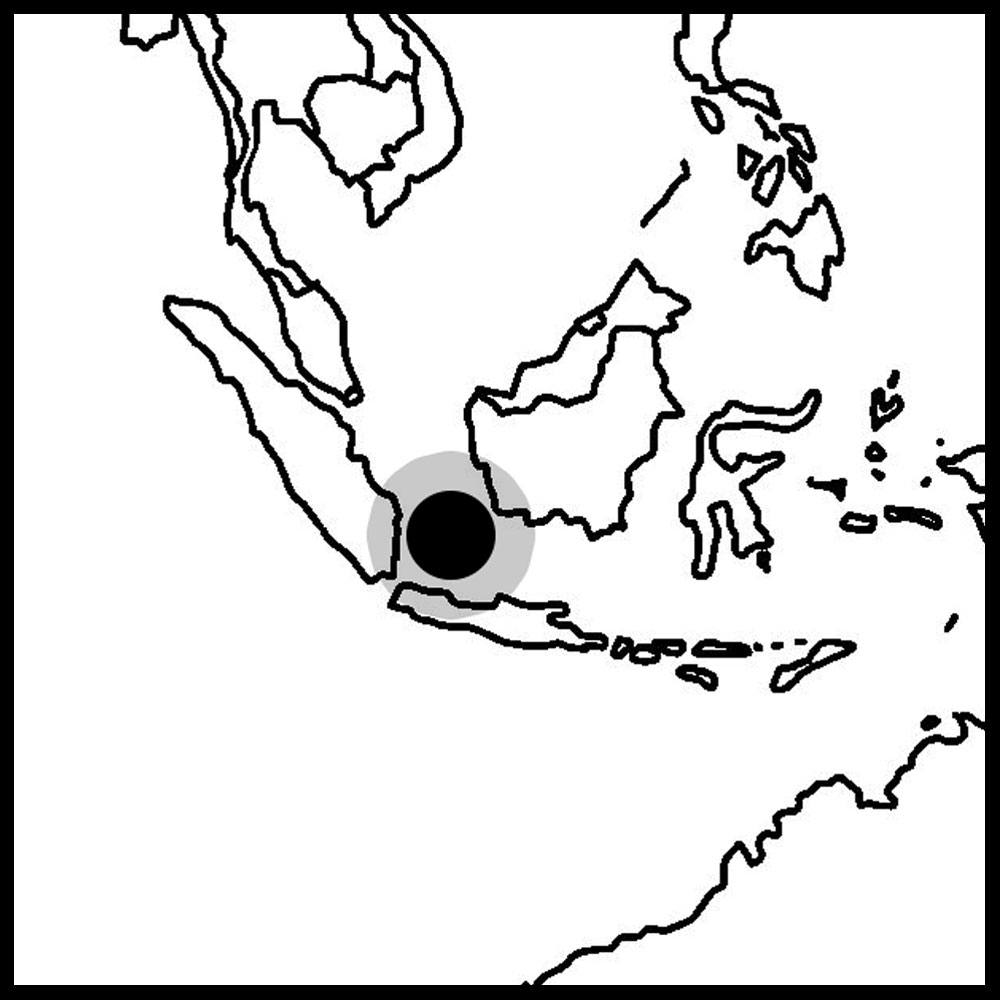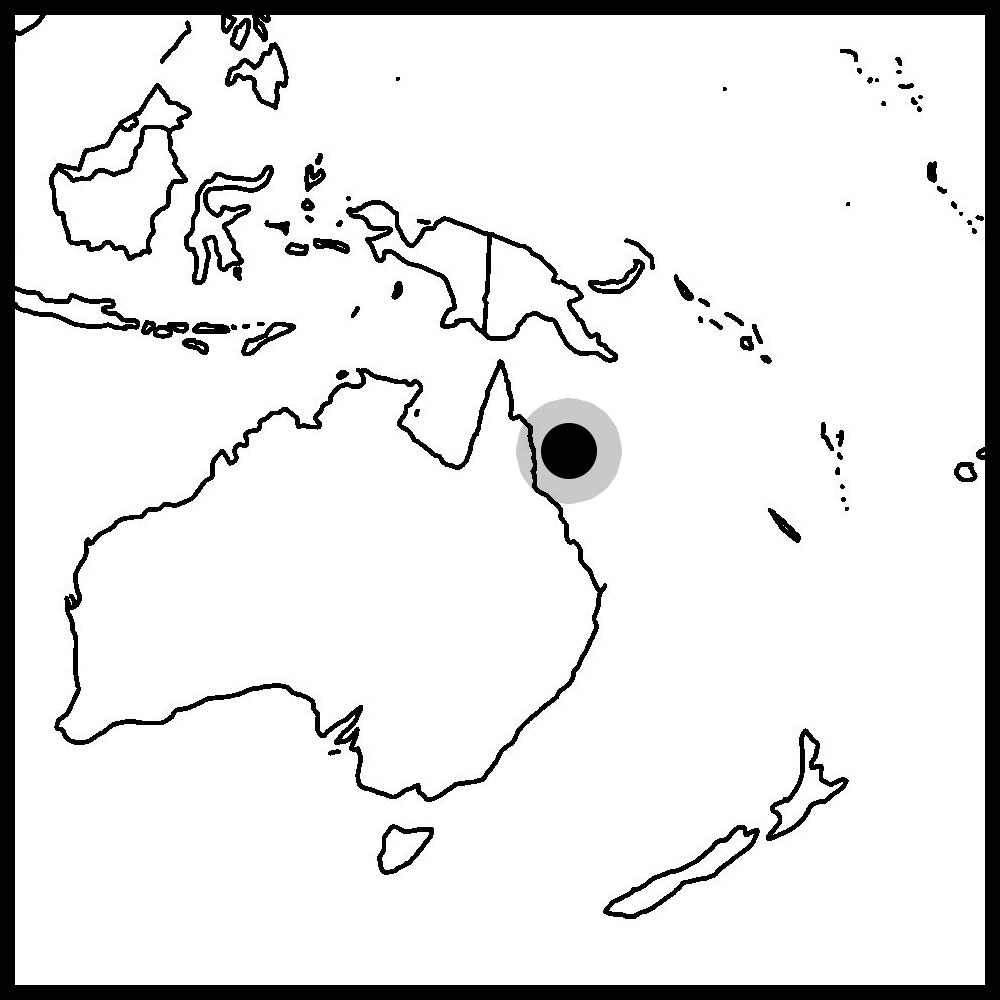Filter
My Wish List
![]() Clove Polyp Coral Care
Clove Polyp Coral Care
This coral spotlight article is all about Clove Polyps of the Genus Clavularia. Clove polyps are a soft coral which strictly means their polyp segments come in multiples of eight (Octocorallia) as compared to stony corals that come in multiples of six (Hexacorallia). For the purposes of this hobby however, stony corals are corals that build calcium carbonate skeletons and soft corals do not.
There are some grey area corals that don’t neatly fit into the “skeleton” vs. “no skeleton” classification. One such example is a pipe organ coral. It is an Octocorallia soft coral that grows a distinctive red calcium carbonate skeleton. Another example is the topic of this article, the clove polyp. Clove polyps do not form a skeleton that is as obvious as a pipe organ coral, but they do form a connected network of stolons from which their polyps extend. You can see why the official classification of corals goes by the count of polyp segments and not how stony or soft a coral is because it turns out that there are varying degrees of skeleton formation.
Please see below for additional care tips for Clove Polyps as well as checking out our Top 5 Tips for setting up a reef.

![]() Location
Location
Clove polyps are found all over the tropical waters of the Pacific. In particular, they are regularly harvested from the islands of the Indo-Pacific including Fiji, Tonga, Solomon Islands, and the Great Barrier Reef.


![]() Lighting
Lighting
Clavularia thrive under a wide assortment of lighting. Here at the Tidal Gardens greenhouse we have grown them under both brightly lit as well as dimly lit aquariums. They do not shift colors noticeably and I did not notice a big difference in their growth rate. I recommend starting with medium lighting around 100 PAR to be safe.
Low Light


Lighting is a loaded topic, so for a more in-depth discussion of lighting, please check out our Blog all about Lighting or see our detailed lighting video below.
![]() Water Flow
Water Flow
As for water flow for clove polyps, I like to provide them high flow. Strong Flow provides two main benefits. First, it blows the polyps around in a very pleasing manner. Reef hobbyists often look for corals that sway in the currents and clove polyps are a great candidate to do just that. Second, the additional flow helps keep the colony cleaner. The base of the coral is a network of stolons that can collect detritus if allowed to settle. It is important to prevent the buildup of detritus at the base of the cloves otherwise it can cause the coral to die back.
One other note pertains to placement. I have noticed they tend to do better mounted nearly vertically which again makes it easier to have the strong flow keep their base clean.
![]() Feeding
Feeding
We generally do not spend a lot of time spot feeding this coral. Clove polyps are photosynthetic so they will get the majority of their nutrition from the lighting provided. They are not a particularly light demanding coral. Anything in the 50-100 PAR range is fine, and they may even be able to tolerate higher light conditions provided they are acclimated slowly to the higher light intensities.
If you do want to proactively feed these corals, I like to either use the cloudy supernate from thawing meaty frozen food such as krill, mysis, or rotifers. I have also fed these corals using a mix of commercially available powered zooplankton. Again, I personally do not go out of my way to feed clove polyps, but it is entirely possible that additional feeding would help these corals thrive. As with any feeding regimen, it’s important not to overfeed because causing a nutrient overload is far worse than the coral not getting something to eat.

![]() Propagation
Propagation
The problem that I have with this coral is that the growth rate of the ones we normally see are disappointingly slow. It’s flowery, wispy appearance is reminiscent of fast growing soft corals such as Xenia or Anthelia which exhibit explosive, near infestation-level growth rates, but cloves are the opposite.
As a coral farmer, I have trouble keeping up with the demand for them because they take so long to grow. They are easy to propagate by separating out a group of stolons and gluing them down to a new substrate, but it takes quite a bit of patience to let them grow out from that point. I would have to dedicate a lot of space to them to have a sustainable culture.
![]() Summary
Summary
Clove polyps can be a versatile addition to a number of different tanks. They could work in smaller aquariums looking for a coral to provide motion that is not particularly aggressive to neighbors nor will outgrow the tank in a month. On the other end of the spectrum, you could use the blue clove variety of this coral that runs rampant to create a beautiful blue background for your other corals. I could see this coral working for either beginners or experts in the hobby depending on what they are looking to accomplish.
That pretty much does it for clove polyps. Hopefully you found this article helpful. Until next time, happy reefing!
